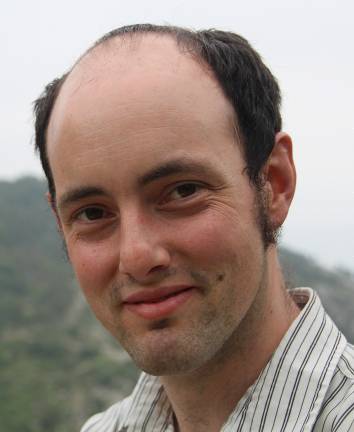Science cluster

Summary
Understanding the properties of stars, such as their temperature and brightness, is crucial for studying stellar evolution, but it requires analysing and comparing data from measurements of brightness at all wavelengths, as well as measuring the distance to the star, correcting all such measurements, and finally comparing data to the best models of stars. The GASPS project aims to do this for the entire sky. Leveraging the PySSED tool - the Python Stellar Spectral Energy Distribution package - GASPS integrates and analyses data from multiple catalogues - including that of the European Space Agency’s Gaia satellite, with datasets of over a billion stars - ensuring the data is FAIR. The final aim is to make the data easily accessible to researchers, educators, and the general public, and the software freely available and compatible with other astronomy software for further data reuse.
Challenge
Open Science project, Open Science Service, Industry cooperation
The measurement of fundamental stellar parameters, such as temperature, brightness, and interaction with the environment is vital for understanding stellar life cycles. However, integrating and cross-referencing star data across vast catalogues, such as Gaia, which includes over a billion stars, poses a significant challenge, leading to a lack of availability and FAIRness in these key data. Complex corrections are required to account for distance, dust, and gas interference, demanding advanced tools to streamline these analyses across such massive datasets.
Solution
GASPS aims to use the PySSED package to automatically combine and analyse stellar data from multiple sources. PySSED automatically brings together measurements of stars from different catalogues and estimates the star's temperature and inherent brightness, accounting for both the distance to the star and how its light is affected by dust and gas between the star and the Earth. The project will make PySSED compliant with the open-data standards of the Virtual Observatory (VO), publishing the updated version available on the EXPLORE platform, with open access to both software and data, and will apply these advanced calculations to the entire Gaia DR3 all-sky survey of 1,467,744,818 stars, offering public access to stellar parameters, such as temperature and UV/IR excess. Additionally, it will provide visualisation tools to explore and use this immense dataset.
Scientific Impact
GASPS is expected to be an Open Science service, available as a custom web-based tool deployed on a science platform or via API for integration into Python scripts. Leveraging results of previous Horizon 2020 projects, notably ESCAPE and EXPLORE, GASPS will deliver the largest, internally coherent high-fidelity catalogue of SED derived stellar parameters, and will provide the full supporting code behind it, as well as new tools. It will make existing catalogues Findable and Accessible in a transparent way, and will support use cases across ESCAPE’s RIs and other facilities.
GASPS will boost the impact of PySSED by aligning it with VO standards to improve interoperability. This will allow easier integration into VO workflows, including linking PySSED with other VO tools within the EOSC umbrella (e.g., TopCat). The advanced tools and data products foreseen in the frame of GASPS will significantly extend the Gaia DR3 catalogue with self-consistent, reliable data on physical parameters of stars, cross-referencing data from several ESFRI facilities, including ESO and other ESA satellite missions, and ongoing/future large-scale surveys, such as those of Euclid and the Vera Rubin Observatory. The Open Science nature of GASPS ensures that the astronomical community, educators, and the public can fully engage with this rich dataset, fostering new discoveries and collaborations.
Principal investigator

Iain McDonald received his PhD from Keele University in 2009 and has spent the last 15 years researching stars and their dust at the University of Manchester's Jodrell Bank Centre for Astrophysics, where he is now a Research Fellow. He is also an active "pro-am" in the field of genetic genealogy.

